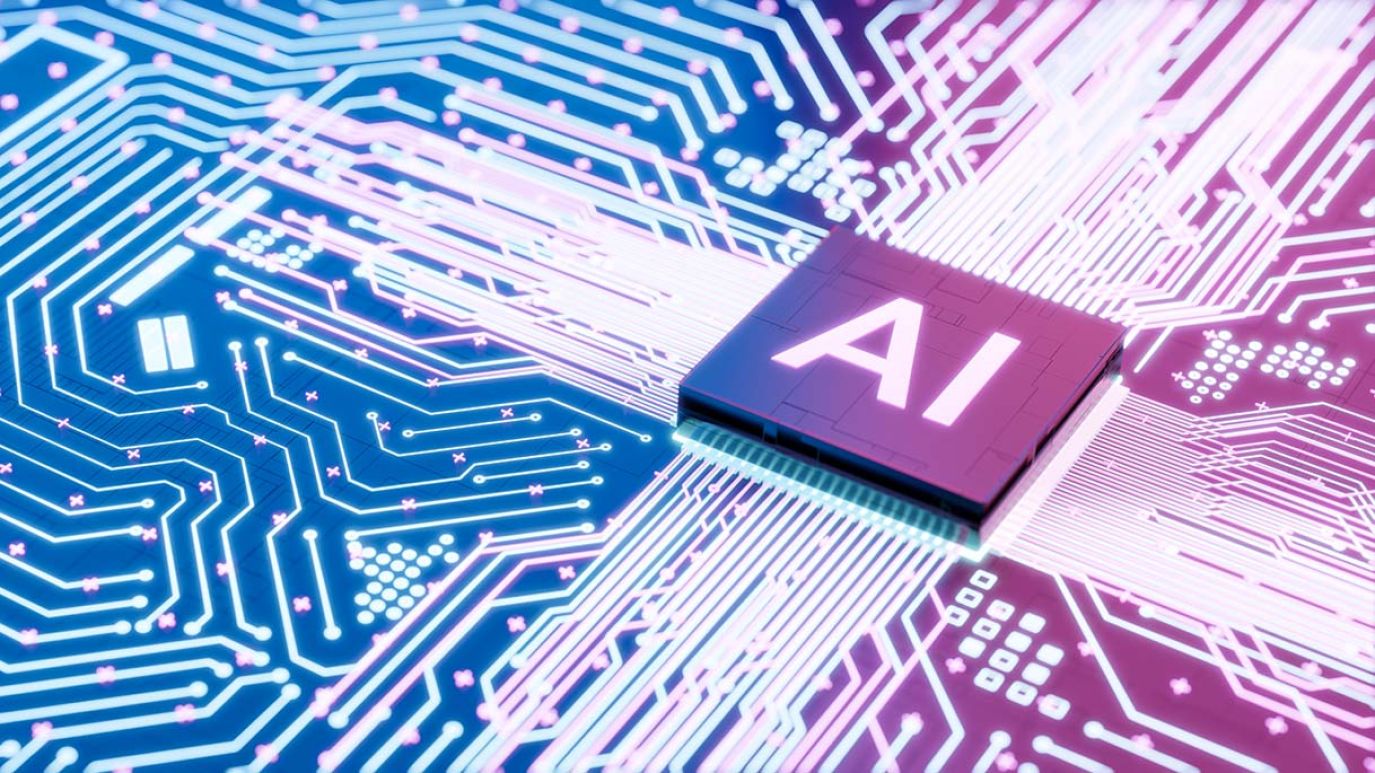U.S. launches open competition to create novel materials for semiconductors using AI-driven applications

AI is helping to accelerate and reduce the cost of drug design in the biopharma industry. Now, the U.S. Department of Commerce has launched a $100 million-funded open competition to use AI to experiment with the design of synthetic, sustainable materials used in semiconductors, batteries, and solar panels. In turn, it could reduce U.S. reliance on critical and strategic elements from China and East Asia.
In October 2024, the U.S. Department of Commerce’s National Institute of Standards and Technology (NIST) issued a Notice of Intent (NOI) to launch a new open competition to create new sustainable semiconductor materials and processes using AI processing power and applications.
According to the Observatory of Economic Complexity (OEC), among others, the U.S. has a significant net difference between the amount of chips it imports and the amount it exports. For example, in July 2024 the OEC estimates that U.S. semiconductor exports accounted for up to $784 million, while imports accounted for an estimated $2.04 billion – a net trade deficit of $1.26 billion[1].
Significant negative net trade balance for U.S. chip devices imports and exports between East Asia
The U.S. relies on ‘chip device’ imports from Vietnam ($535 million), Thailand ($332 million), Malaysia ($253 million), Cambodia ($155 million), and India ($137 million). Taiwan leads in the production of frontend chips, which is the printing of multiple individual advanced circuitry on a single wafer, while other East Asian countries specialize in backend chip production, which is the coating and testing of individual chips provided by a frontend wafer producer and incorporating each one into a larger ‘chip device’, which is then exported for incorporation into a device such as a mobile phone.
Any disruption of the East Asia semiconductor supply chain would have significant negative repercussions for the U.S. economy, which is why the U.S. is trying to create a home-grown supply chain for semiconductor production.
In addition, China was responsible for 68% of the world’s rare earth minerals (used for making chips, magnets, batteries, photovoltaic cells, and wind turbines, among other applications), and 70% of graphite (used in lubricants, electric motors, and nuclear reactors) in 2022. According to the U.S. Geological Survey, China is also dominant in mineral processing, accounting for 100% of the world’s graphite supply, 90% of rare earths, and 74% of cobalt (used in batteries) in 2022[2].
The U.S. is wholly reliant on imports of critical elements used in technology manufacturing
The same report notes that the U.S. (which does not have any significant rare earth mineral resources or reserves) is 100% reliant on imports for 12 critical elements for the manufacture and processing of electronic and logic technologies – 5 of which come from China (see blog “Pamir opinion: U.S.-China competition in building critical elements supply chains intensifies”). Since 1 August 2023, China has also restricted the export of Gallium and Germanium (both are essential for the production of semiconductors, diodes, and fiber optics) – China owns 94% of the world’s gallium resources and 83% of germanium, which poses a particular problem for the U.S.
This latest NIST open competition, which falls under Washington’s CHIPS for America initiative, is aimed at university-led, industry-informed, collaborations that experiment with AI to develop novel, sustainable semiconductor materials and processes that can be designed and adopted within five years – there is up to $100 million in funding available for the project.
AI has already been heavily adopted in the biopharma industry and is transforming the costly and slow process of drug design. Currently, only 1 in 10,000 potential drug candidates reaches approval, which then takes an average of 7.1 years to reach development phase and $2.3 billion in costs (see blog “Generative AI transforming big pharma drug design”). But generative AI is expected to quickly discover new patentable active substances, perform rapid 3D modelling, predict properties of potential candidates, and halve development times.
AI could predict and design alternative compounds for chip manufacturing
Clearly, the Biden administration has high hopes that AI can similarly transform its domestic chip supply chain by quickly identifying new structures for new compounds that could replace critical elements in technology design and manufacturing, while also providing a sustainable approach to the semiconductor supply chain that doesn’t exhaust the Earth’s finite resources and protects the environment.
Washington hopes that AI will emerge as a game-changer and reduce or even eliminate its reliance on the import of advanced chips, but specifically the critical and rare elements and compounds required to design and manufacture semiconductors. In turn, it’s looking to de-risk its supply chain from Beijing’s influence.
Like in the biopharma industry, AI could predict potential synthetic compounds and their properties, automate their synthesis, and significantly accelerate the design and development of those deemed practical, sustainable, and efficient.
[1] https://oec.world/en/profile/bilateral-product/semiconductor-devices/reporter/usa
[2]https://crsreports.congress.gov/product/pdf/R/R48005#:~:text=According%20to%20a%20review%20in,reliant%20for%20an%20additional%2029
China’s 5G influence in developing economies
China’s Belt and Road Initiative and its digital counterpart, the Digital Silk Road, threaten to displace US telecom and tech companies in developing economies in Africa, Latin America and the Middle East. How can US operators and network providers stand up to the challenge?